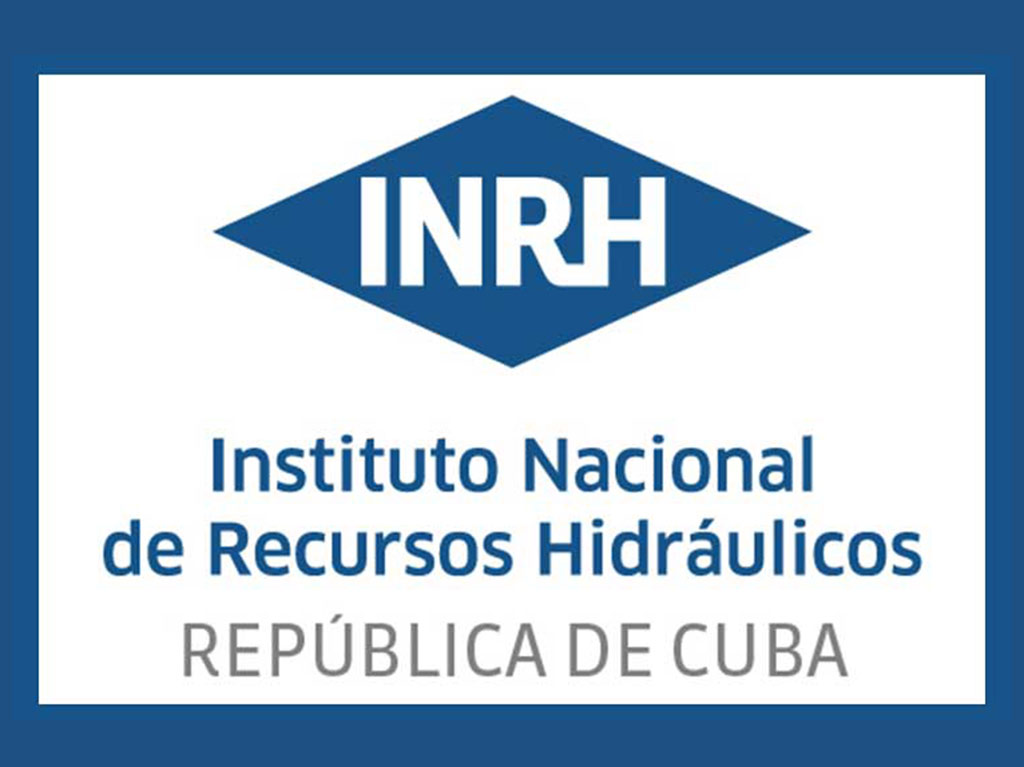Those works have an increasing impact in Artemisa, Camagüey, Holguín, Santiago de Cuba, and Guantánamo provinces and will benefit more than 309,000 persons, despite the complex economic situation and the strengthening of the genocidal US blockade against Cuba, Granma newspaper reported.
At the end of last year, 94 Cuban municipalities were in a state of hydrological drought (it may occur when the water reserves available in sources such as aquifers, rivers, lakes, and dams fall below the statistical average), 48 of which were in the extreme drought category.
In 24 other municipalities, the situation is weakly dry or close to moderate drought, the INRH stated.
Specialists in the sector explained that these sites are scattered nationwide, mainly located in the country’s western and central regions.
However, they pointed out that Cuba ended 2023 with water stress (a situation that occurs when the demand for water is higher than the amount available) of 19.7 percent, which indicates favorable conditions for the resource’s availability.
jrr/iff/oda/abm









